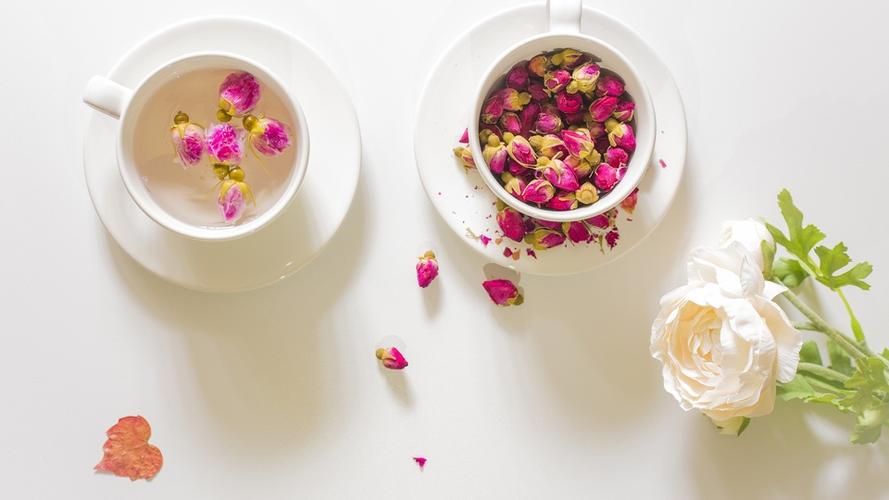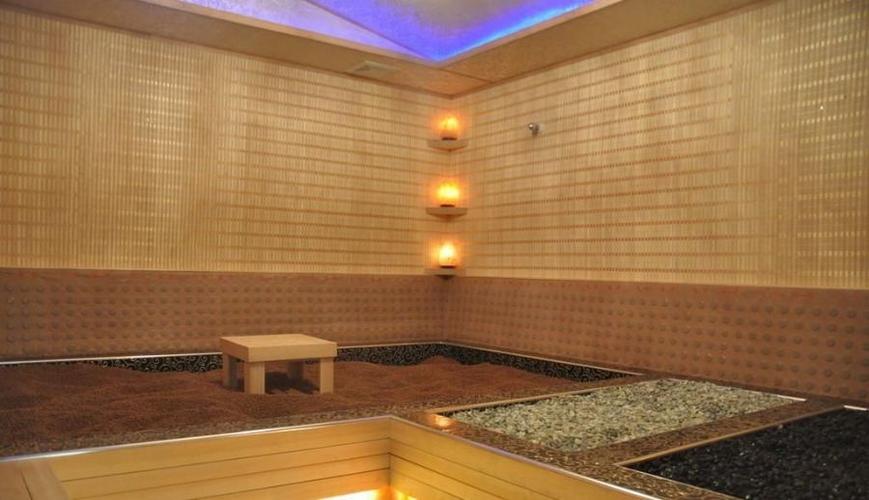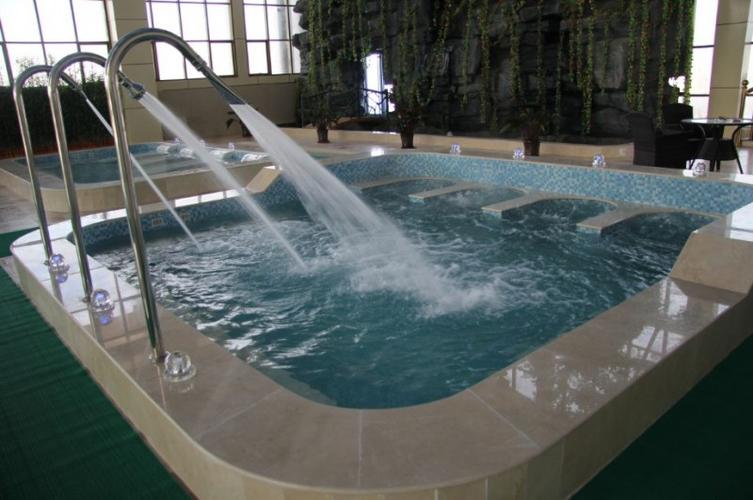- 本文目录导读:
- Indoor Environment
- Air Quality: The Invisible Threat
- Lighting: Beyond Illumination
- Color Psychology: The Power of Hues
- Decluttering for Clarity and Calm
Indoor Environment
Our homes are sanctuaries, spaces where we recharge, connect with loved ones, and simply be ourselves. Yet, the very environment that offers comfort and security can also pose potential health risks if not carefully considered. The air we breathe indoors can be up to five times more polluted than the air outside, harboring a cocktail of pollutants that can silently impact our well-being.
Understanding the intricate relationship between our indoor environment and our health is crucial for cultivating a truly nurturing space. From the air we breathe to the materials that surround us, every aspect of our indoor world plays a role in shaping our physical and mental health.
Air Quality: The Invisible Threat
The air inside our homes can become contaminated with a range of pollutants, including volatile organic compounds (VOCs), dust mites, mold spores, pet dander, and particulate matter. These invisible invaders can trigger a cascade of health problems, from respiratory issues like asthma and allergies to headaches, fatigue, and even long-term diseases.
**Here are some practical steps to improve indoor air quality:**
* **Ventilation is Key:** Regularly open windows to allow fresh air to circulate and flush out stale air. Even a few minutes of open windows each day can make a significant difference. Consider investing in an air purifier equipped with a HEPA filter to capture microscopic particles.
* **Combat VOCs:** VOCs are released from a variety of sources, including paints, cleaners, furniture, and building materials. Opt for low-VOC or VOC-free products whenever possible. Allow newly painted or renovated rooms to air out thoroughly before moving furniture or people back in.
* **Control Humidity:** Excessive humidity can create a breeding ground for mold and dust mites. Use a dehumidifier to maintain humidity levels between 30% and 50%. Ensure proper ventilation in bathrooms and kitchens to prevent moisture buildup.
Lighting: Beyond Illumination
Light plays a crucial role in regulating our sleep-wake cycles, mood, and overall well-being. Harsh artificial light can disrupt these natural rhythms, leading to fatigue, insomnia, and even depression.

**Tips for optimizing indoor lighting:**
* **Embrace Natural Light:** Maximize natural light by keeping windows unobstructed. Use light-colored curtains and blinds to allow sunlight to filter in during the day.
* **Choose the Right Bulbs:** Opt for warm-toned light bulbs (2700-3000 Kelvin) in the evening to promote relaxation and sleep. Use cooler light bulbs (3500-4100 Kelvin) in areas where you need to focus, such as your workspace.
* **Layer Your Lighting:** Combine different types of lighting to create a balanced and inviting atmosphere. Use overhead lighting for general illumination, task lighting for focused activities, and ambient lighting to create a cozy ambiance.
Color Psychology: The Power of Hues
Colors have a profound impact on our emotions, mood, and even our physical health.
**Consider these color psychology tips when designing your indoor environment:**

* **Calming Blues and Greens:** These colors are known to promote relaxation, reduce stress, and improve focus. Incorporate them into bedrooms, bathrooms, and meditation spaces.
* **Energizing Yellows and Oranges:** These warm colors can stimulate creativity, boost energy levels, and create a sense of joy. Use them in kitchens, dining rooms, and workspaces.
* **Grounding Earthy Tones:** Browns, tans, and beiges create a sense of stability, warmth, and security. They are ideal for living rooms, bedrooms, and home offices.
Decluttering for Clarity and Calm
A cluttered environment can lead to a cluttered mind. Taking the time to declutter and organize your space can have a profound impact on your mental well-being.
**Decluttering tips:**
* **Start Small:** Focus on one area or category at a time. Don't try to tackle everything at once.

* **The Four-Box Method:** Use four boxes labeled "Keep," "Donate," "Trash," and "Maybe." Sort through your belongings and place them in the appropriate box.
* **Regular Purging:** Make it a habit to declutter regularly. Go through your belongings every few months and get rid of anything you no longer use or need.
By creating a healthy and harmonious indoor environment, you can cultivate a space that supports your physical, mental, and emotional well-being. Remember, your home should be a sanctuary where you can truly thrive.
转载请注明:成都会所桑拿-四川成都休闲桑拿推荐论坛! » 武汉桑拿 » ## Breathe Easy: Cultivating a Healthy Indoor Environment for Optimal Well-being
版权声明
本文仅代表作者观点,不代表成都休闲网立场。
本文系作者授权发表,未经许可,不得转载。

























